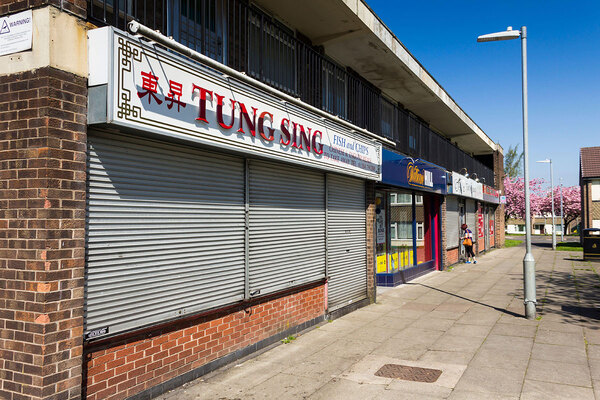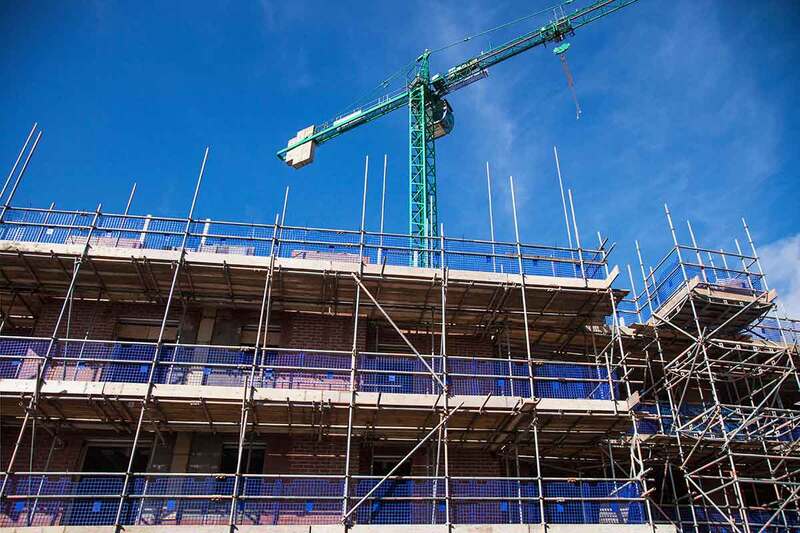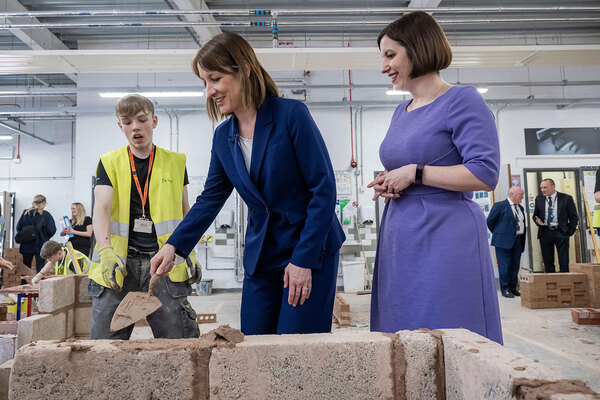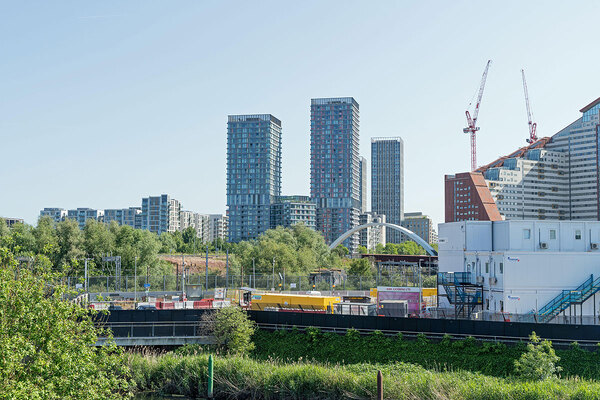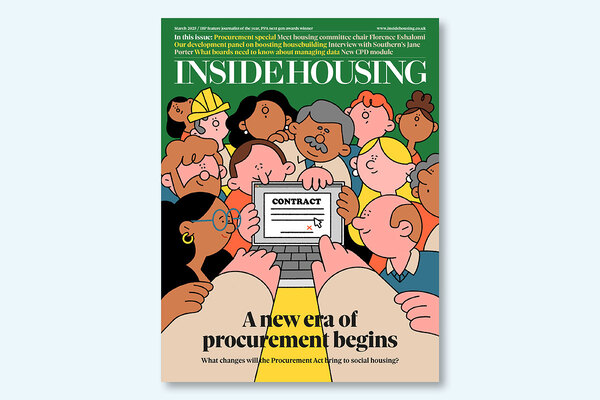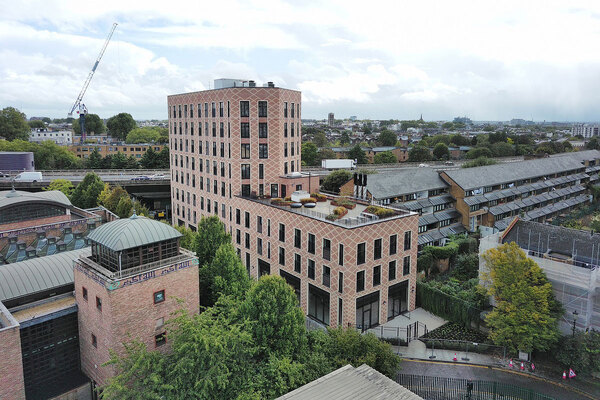Underperforming councils to follow ‘brownfield presumption’, Gove says
Planning authorities in England’s 20 largest cities and towns will be made to follow a “brownfield presumption” if housebuilding drops below expected levels, the government has said.

Announcing a series of reforms on Tuesday, it said that every council in England will need to prioritise brownfield development and be more flexible around allowing housebuilding on derelict sites.
The bar for refusing housing on brownfield sites will be made “much higher” for city councils that fail to hit their targets.
Mr Gove said his reforms would deliver housing in big cities, where there is the “highest demand” and existing infrastructure to support new development.
The brownfield presumption policy was proposed in a review of Sadiq Khan’s London Plan commissioned by Mr Gove in December.
The review, led by Christopher Katkowski KC, calculated that a brownfield presumption in the capital could potentially result in between 4,000 and 11,500 additional homes per year.
By introducing this policy across England’s 20 most populous urban areas, Mr Gove said his plans would “deliver thousands of new homes” without “concreting over the countryside” and “tackle under-delivery in our key towns and cities”.
A consultation on the reforms will run until Tuesday 26 March, and the government said it would look to implement the changes through the National Planning Policy Framework (NPPF) “as soon as possible”.
The NPPF currently has a “presumption in favour of sustainable development”, which is applied to a council that scores below 75% in the housing delivery test. The government is proposing that for 20 urban uplift areas, this presumption should be applied for applications on brownfield land where an area scores below 95%.
In a separate move, Mr Gove said he would lay legislation in parliament on Tuesday to extend permitted development rights (PDR), so that commercial buildings of any size can be converted into homes.
Additionally, ministers launched a consultation on plans to exempt new extensions or large loft conversions from receiving planning permission.
The policy was welcomed by Mark Allan, chief executive of property company Landsec, who said it “means that we can seize… opportunities, deliver more homes and secure better outcomes for cities and the people who live there”.
Gavin Smart, chief executive of the Chartered Institute of Housing, said both brownfield regeneration and bringing existing buildings back into use have “the potential to play an important role” in meeting housing need. But he added: “While the number of new homes is important, so is their quality and safety.”
He continued: “The permitted development regime bypasses usual planning processes and in recent years has led to some incredibly poor-quality homes which should not have been built. Government promises that there will be protections to prevent this are encouraging, but the detail here will be very important to not repeat these mistakes.”
Guy Slocombe, chief investment officer at Hyde, said: “We, of course, welcome the government looking at ways to boost access to affordable homes. Converting some shops and office space into homes has been a part of increasing availability for some time, but it’s fair to say this has come with mixed results.
“It’s vital that any conversions are sustainable, both for the people moving in when it comes to safety and affordability but also for local communities, as a mix of residential and commercial space is crucial to deliver thriving places.
“What we really need to help increase access to affordable homes is a long-term plan for housing. A planning system that offers more certainty will enable housing charities, like Hyde, to secure investment and deliver the affordable homes that are so desperately needed.”
Catherine Ryder, chief executive of PlaceShapers, said: “While the proposal to focus on brownfield sites in particular areas will help, it won’t do anything to ease the housing crisis outside of these areas or where building on brownfield is not the right solution.
“To meet the needs of every place, we need a long-term housing plan and a comprehensive joined-up approach to planning for, and building, new homes and improving the quality of existing homes and communities.”
She added: “It’s also vital that any measures intended to increase the supply of new homes, like the extension of permitted development rights, don’t come at the expense of the quality of those homes.”
Marie Chadwick, policy leader at the National Housing Federation, said: “Building on brownfield land is an important part of the solution but brownfield land alone cannot not provide nearly enough homes to address the current shortage.
“There’s a lot more the government could do to make development easier, such as providing long-term funding for regeneration as part of a national plan for housing. Ultimately, to solve the housing crisis, we must consider a strategic approach to housing development everywhere including building on the green belt, where appropriate, as well as funding for tens of thousands of new social homes.”
Jamie Ratcliff, chief communities and sustainability officer at SNG, said: “While all efforts to increase the supply of homes are welcome, continual piecemeal tweaks will not create the homes millions of people need. There remains a desperate requirement for a long-term vision and housing strategy that matches demand. Housing must be treated as part of our national infrastructure, receiving stable funding and investment over decades to offer generational benefits across health, wellbeing, and the economy.
“For the government’s plan to have impact, it relies on the Housing Delivery Test reflecting real demand. To do that, the test must be strengthened. The rules should also be extended beyond the 20 largest boroughs, recognising that the 139,000 children in temporary accommodation and the millions of people who need good, affordable homes aren’t only in metropolitan areas. Many of these could be transformed by greater investment and regeneration, including of aging homes and places, with a far wider impact.”
Darren Rodwell, housing spokesperson at the Local Government Association, said: “National planning policy already places weight on a brownfield first approach, and councils support the use of the right sites to address local housing needs and regeneration ambitions.
“Councils know their areas best and need flexibility to make decisions on managing competing demands for land uses in their local areas.
“We urge the government to focus more on major housing reforms such as the Right to Buy scheme to ensure that councils retain 100% of receipts, thus enabling them to replace the homes being sold.”
Mr Katkowski said: “The inspiration for the brownfield presumption came from the NPPF in the first place and so it is good to see the idea being brought back to its roots as an additional lever to encourage the delivery of new homes. I see this as a worthwhile and welcome change.”
David Thomas, chief executive of Barratt Developments, said: “We welcome any efforts to make it easier to get planning permission, particularly for brownfield regeneration which is already naturally a more complicated and capital-intensive process.”
Sign up for our development and finance newsletter
Already have an account? Click here to manage your newsletters
